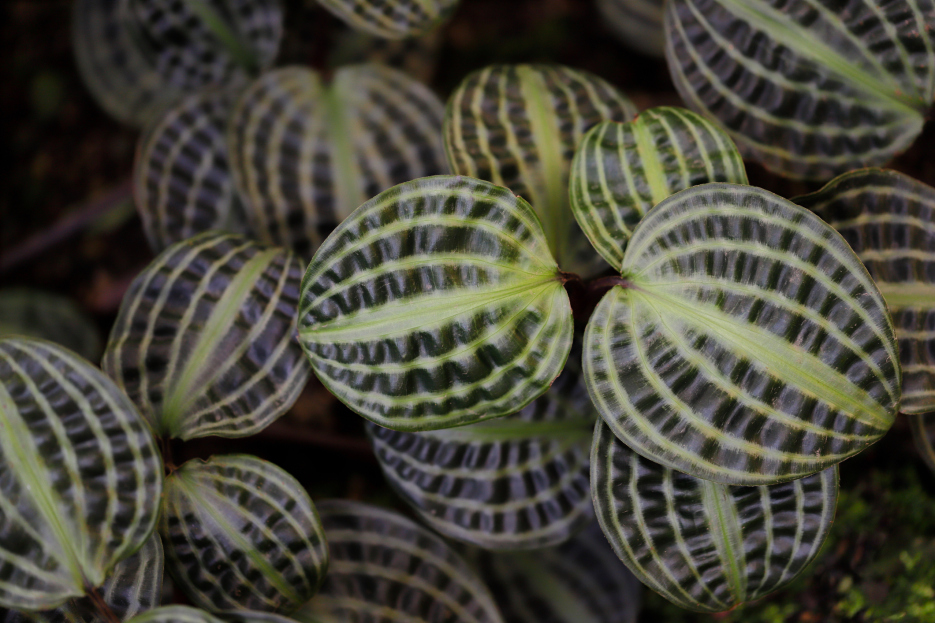
Geogenanthus poeppigii, commonly known as the Seersucker Plant, is a striking tropical houseplant admired for its glossy, puckered leaves that resemble seersucker fabric. Native to the rainforests of South America, especially Peru and Colombia, this rare gem thrives in low light and high humidity—making it perfect for terrariums or dim corners that need a pop of texture and color.
Its deep green leaves with a rippled, metallic sheen and purple undersides give it a lush, exotic vibe. Here’s how to help your Seersucker Plant thrive indoors.
Geogenanthus poeppigii prefers low to medium, indirect light. Too much direct sun can fade its rich coloring and damage the delicate foliage. It's well-suited to north-facing windows or rooms with filtered, dappled light. Avoid placing it in full sun, especially during the hottest parts of the day.
This plant enjoys evenly moist soil but doesn’t tolerate soggy roots. Water when the top inch of soil feels dry, ensuring the pot has good drainage. During the growing season (spring and summer), water regularly to keep the soil slightly moist. In fall and winter, reduce watering slightly, but never let the soil dry out completely.
Being a tropical understory plant, the Seersucker Plant loves humidity. Aim for 60% or higher humidity. It thrives in bathrooms, kitchens, or with the help of a humidifier or pebble tray. Low humidity can cause browning leaf edges.
Keep temperatures between 65–80°F (18–27°C) and avoid cold drafts or sudden temperature changes. It is not frost-tolerant.
Use a light, well-draining potting mix with good moisture retention. A combination of standard houseplant mix with added perlite or coco coir works well. Repot only when the plant becomes root-bound, typically every 2–3 years. Choose a pot with drainage holes to prevent water from pooling.
Feed your Geogenanthus every 4–6 weeks during the growing season with a diluted, balanced liquid houseplant fertilizer. Avoid fertilizing during the winter months when the plant’s growth naturally slows down.
Maintenance is minimal. Simply remove any yellowing or damaged leaves as needed to keep the plant tidy. It is a slow grower, so pruning for shape is rarely necessary.
You may also want to wipe the leaves gently with a damp cloth to maintain their glossy appearance and keep dust away.
Propagation is typically done through division during repotting. Gently separate healthy sections of the root system and pot them individually. It’s best to do this in spring when the plant is ready to grow.
Geogenanthus poeppigii is non-toxic to pets, making it a safe and stylish choice for homes with cats or dogs.